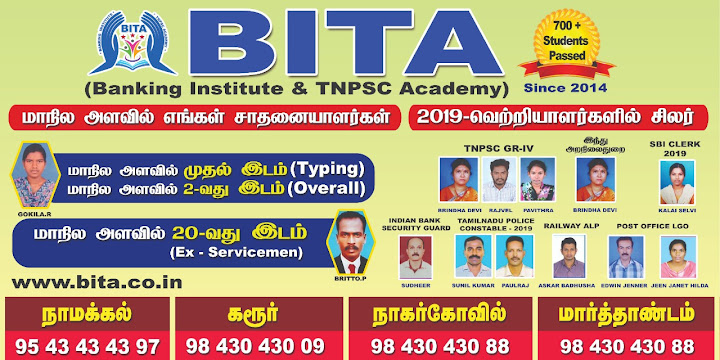Directions (1-5): Study the following information carefully and answer the questions that follow.
Eight persons – A, B, C, D, E, F, G and H are sitting around a circular table, not necessarily in the same order. Four of them are facing inside and others are facing outside. They belong to eight different cities i.e. M, N, O, P, Q, R, S and T but not necessarily in the same order.
F faces the centre and sits third to the right of C. D belongs to O and faces the person who belongs to R. G sits third to the right of B, who belongs to M. The persons who belong to P and Q face same direction to each other. Only E sits between the person who belongs to O and the one from T respectively. A belongs to Q and C belongs to N. The person who belongs to S faces outward and both the immediate neighbors of F are facing outside. F belongs to T. H is an immediate neighbour of the persons who belong to Q and S. E is immediate left of D.
Q1. Who among the following belongs to R?
(a) A
(b) D
(c) H
(d) G
(e) E
Q2. Which pair among the following are Immediate neighbors of A?
(a) B and C
(b) E and D
(c) H and B
(d) G and E
(e) D and F
Q3. Which of the following pair is not correct?
(a) A – Q
(b) H – R
(c) E – P
(d) G – R
(e) G – S
Q4. What is the position of B with respect to E?
(a) Third to the right
(b) Fourth to the left
(c) Fourth to the right
(d) Second to the right
(e) Third to the left
Q5. If D and H interchange their positions and similarly F and C interchange their positions then what is the position of A with respect to new position of C?
(a) Third to the left
(b) Third to the right
(c) Second to the left
(d) Immediate left
(e) None of these
Solutions (1-5):
(i). From the conditions, F faces the centre and sits third to the right of C. C belongs to N. F belongs to T. E sits between the person who belongs to O and the one from T respectively. D belongs to O and faces the person who belongs to R. both the immediate neighbors of F are facing outside. E is immediate left of D. From all this we get four possible case:
(ii). H is an immediate neighbour of the persons who belong to Q and S and D belongs to O and faces the person who belongs to R. So from this statement case 1, case 2 and case 4 gets eliminated. Now with case-3, H belongs to R. G sits third to the right of B, who belongs to M, so there is only one place left for B i.e. opposite to F. Now, A belongs to Q and from this G belongs to S and E belongs to P. The person who belongs to S faces outward and the persons who belong to P and Q face same direction to each other.
(iii) From the rest condition, Four of them are facing inside and others are facing outside. And we will get the final solution.
S1. Ans(c)
Sol.
S2. Ans(c)
Sol.
S3. Ans(d)
Sol.
S4. Ans(e)
Sol.
S5. Ans(a)
Sol.
Directions (6-10): Study the following information carefully and answer the questions given below:
In a certain code language,
‘banking ssc ctet pcs’ is coded as ‘la pa zi ta’,
‘railway ssc ctet banking’ is coded as ‘pa zi la sa’,
‘ldc ctet udc nda’ is coded as ‘na hi ga pa’, and
‘banking defence support ldc’ is coded as ‘zi mi jo ga’.
Q6. How is ‘udc’ coded in the given code language?
(a) na
(b) hi
(c) ga
(d) Can’t be determined
(e) none of these
Q7. What does ‘jo’ stand for?
(a) Defence
(b) support
(c) Either (a) or (b)
(d) Ssc
(e) none of these
Q8. How is ‘udc pcs’ coded in the given code language?
(a) na ta
(b) hi ta
(c) Either (a) and (b)
(d) la zi
(e) none of these
Q9. Which of the following will be coded as ‘na hi la’ in the given code language?
(a) Ssc Udc nda
(b) Banking Udc nda
(c) Ssc Railway Ldc
(d) defence support ctet
(e) none of these
Q10. How will ‘Banking Railway Ldc’ be coded in the given code language?
(a) zi la sa
(b) ga mi zi
(c) sa zi ga
(d) ga na hi
(e) none of these
Solutions (6-10):
S6. Ans(d)
Sol.
S7. Ans(c)
Sol.
S8. Ans(c)
Sol.
S9. Ans(a)
Sol.
S10. Ans(c)


No comments:
Post a Comment